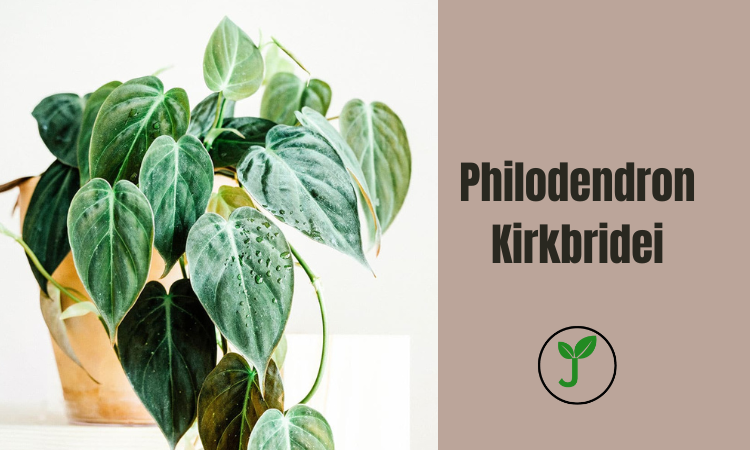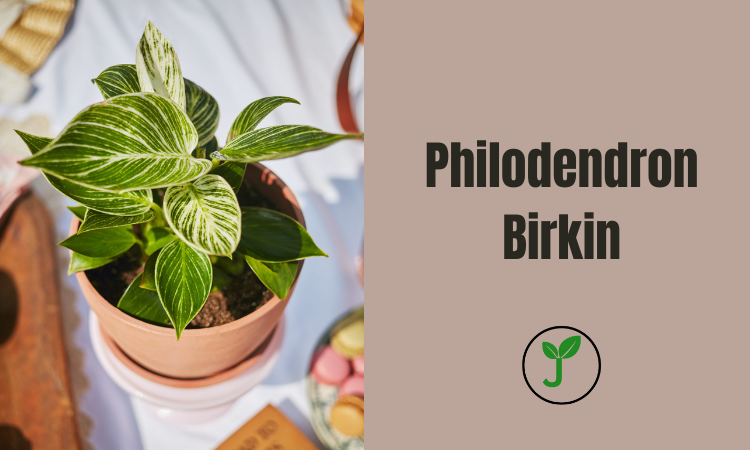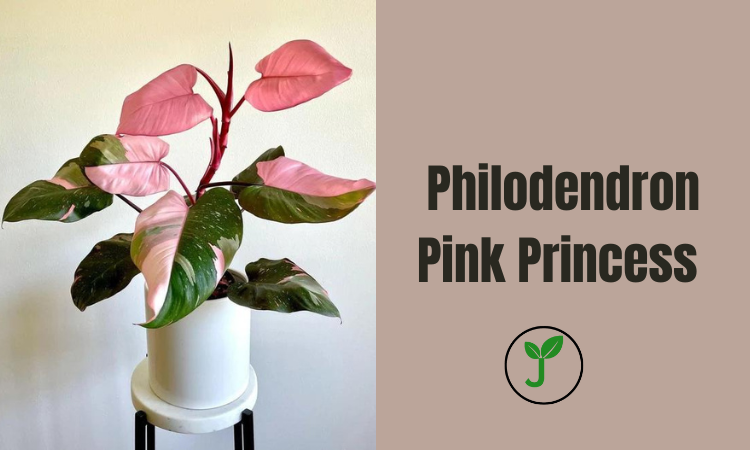Philodendron Billietiae is a stunning addition to any indoor plant collection. Its long, narrow leaves and vibrant green color make it a standout in any room. If you’re looking to add this beauty to your home, you’re in the right place. In this guide, we’ll cover everything you need to know about Philodendron Billietiae, from its origins to how to care for it. Plus, we’ll share some handy tips for propagation, pruning, and repotting.
Don’t forget to check out our range of houseplant equipment, like plant pots, pruning shears, and fertilizers, to give your Philodendron the best care possible. Visit our shop at RealJef.com.
What is Philodendron Billietiae?
Philodendron Billietiae is a tropical plant known for its striking foliage. Native to the rainforests of South America, this plant thrives in humid, warm environments. It’s loved by plant enthusiasts for its unique leaf shape and vibrant color, making it a popular choice for indoor gardening.
Origin and History
Philodendron Billietiae originates from the tropical rainforests of Brazil, French Guiana, and Guyana. It was first described by the Belgian botanist, Lucien Linden, in the 19th century. This plant belongs to the Araceae family, which includes other popular houseplants like Monstera and Anthurium.
Common Name
Philodendron Billietiae
Scientific Name
Philodendron billietiae
Benefits
- Air Purification: Like many other philodendrons, Philodendron Billietiae helps purify the air by removing toxins.
- Aesthetic Appeal: Its unique leaf shape and vibrant color add a tropical touch to your indoor space.
- Easy Care: It’s relatively low maintenance, making it perfect for both beginners and experienced plant parents.
Appearance and Characteristics
Philodendron Billietiae is known for its long, narrow leaves that can grow up to 3 feet in length. The leaves have a distinct wavy edge and a vibrant green color, with prominent orange petioles (the stalk that attaches the leaf to the stem).
Unique Features
- Orange Petioles: The bright orange color of the petioles contrasts beautifully with the green leaves.
- Large Leaves: The leaves can grow quite large, making it a striking addition to any indoor garden.
- Vining Growth: Philodendron Billietiae is a climbing plant that can be trained to grow on a trellis or moss pole.
Caring And Growing Guide
Philodendron Billietiae is relatively easy to care for, but there are a few key things to keep in mind to ensure it thrives. Here’s a comprehensive guide to help you care for your plant.
Table: Philodendron Billietiae Care Guide
| Aspect | Care Instructions |
|---|---|
| Light | Bright, indirect light is ideal. Avoid direct sunlight which can scorch the leaves. |
| Water | Water when the top inch of soil feels dry. Ensure the pot has good drainage to prevent root rot. |
| Humidity | Prefers high humidity (around 60-80%). Use a humidifier or mist the leaves regularly. |
| Temperature | Thrives in temperatures between 65-80°F (18-27°C). Avoid cold drafts and sudden temperature changes. |
| Soil | Use a well-draining potting mix, preferably one designed for aroids or tropical plants. |
| Fertilizer | Feed monthly during the growing season (spring and summer) with a balanced liquid fertilizer. |
| Pruning | Prune to remove dead or yellowing leaves and to control the plant’s size. |
| Repotting | Repot every 2-3 years or when the plant outgrows its pot. |
| Propagation | Propagate via stem cuttings or air layering. |
| Pests and Diseases | Watch for common pests like spider mites, aphids, and mealybugs. Treat promptly with insecticidal soap. |
Propagation Guide
Stem Cuttings
- Select a Healthy Stem: Choose a stem with at least one node and a few leaves.
- Cut the Stem: Use a clean, sharp knife or scissors to cut just below a node.
- Prepare the Cutting: Remove any leaves near the bottom of the cutting.
- Plant the Cutting: Place the cutting in a jar of water or directly into moist soil.
- Wait for Roots: If using water, wait for roots to develop before planting in soil. If planted directly, keep the soil moist and wait for new growth.
Air Layering
- Choose a Stem: Select a healthy stem and make a small cut halfway through it.
- Wrap with Moss: Wrap damp sphagnum moss around the cut and secure with plastic wrap.
- Wait for Roots: Keep the moss moist and wait for roots to form.
- Cut and Plant: Once roots have developed, cut below the new root ball and plant in soil.
Pruning Guide
Pruning helps maintain the plant’s shape and encourages new growth. Here’s how to prune your Philodendron Billietiae:
- Use Clean Tools: Always use clean, sharp pruning shears to prevent disease.
- Remove Dead Leaves: Trim away any dead or yellowing leaves.
- Control Size: If the plant becomes too large, trim back the stems to the desired length.
- Encourage Bushiness: Pinch back the tips of the stems to encourage a bushier growth habit.
Repotting Guide
Repotting is essential to keep your Philodendron Billietiae healthy. Follow these steps for successful repotting:
- Choose the Right Time: Repot in the spring or early summer when the plant is actively growing.
- Select a Pot: Choose a pot that is 1-2 inches larger in diameter than the current one.
- Prepare the Soil: Use a well-draining potting mix suitable for aroids.
- Remove the Plant: Gently remove the plant from its current pot, taking care not to damage the roots.
- Repot: Place the plant in the new pot, fill in with soil, and water thoroughly.
Common Pests And Diseases
Philodendron Billietiae is generally pest-resistant but can occasionally be affected by:
- Spider Mites: Look for tiny webs and yellow speckling on leaves. Treat with insecticidal soap.
- Aphids: Small, green insects that cluster on new growth. Remove with a strong water spray or insecticidal soap.
- Mealybugs: White, cotton-like insects. Treat with rubbing alcohol or insecticidal soap.
- Root Rot: Caused by overwatering. Ensure proper drainage and let the soil dry out between waterings.
Comparison with Other Species and Varieties

Philodendron Billietiae is often compared to other philodendron species due to its unique characteristics. Here’s how it stacks up:
- Philodendron Erubescens: Has darker, reddish leaves and is also a climbing plant.
- Philodendron Birkin: Features distinctive white pinstripes on its leaves, unlike the solid green of Billietiae.
- Philodendron Selloum: Has deeply lobed leaves and grows more like a shrub than a vine.
Frequently Asked Questions
How often should I water my Philodendron Billietiae?
Water when the top inch of soil feels dry. Typically, this means watering once a week, but it can vary based on your home’s humidity and temperature.
Can Philodendron Billietiae grow in low light?
While it can tolerate low light, it thrives in bright, indirect light. Too little light can cause the plant to become leggy.
What should I do if the leaves turn yellow?
Yellowing leaves can be a sign of overwatering, underwatering, or nutrient deficiencies. Check the soil moisture and adjust your watering schedule accordingly. Ensure the plant is receiving adequate light and consider feeding it with a balanced fertilizer.
Is Philodendron Billietiae toxic to pets?
Yes, like many philodendrons, it is toxic to cats and dogs if ingested. Keep the plant out of reach of pets.
How can I increase humidity for my Philodendron Billietiae?
You can increase humidity by using a humidifier, placing a tray of water near the plant, or misting the leaves regularly.
What kind of soil is best for Philodendron Billietiae?
A well-draining potting mix designed for aroids or tropical plants is best. You can also create your own mix with equal parts peat moss, perlite, and orchid bark.
Conclusion
Caring for a Philodendron Billietiae can be a rewarding experience. With its striking appearance and relatively easy care requirements, it’s a fantastic addition to any indoor garden. Remember to provide it with the right light, water, and humidity to keep it thriving.
Don’t forget to visit our shop at RealJef.com for all your houseplant equipment needs, including plant pots, pruning shears, and fertilizers.





